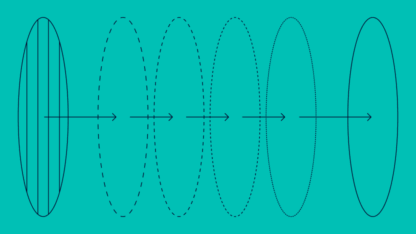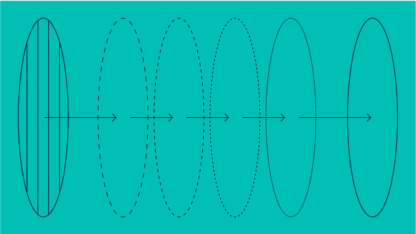As the fraud landscape continues to change, one truth is becoming more clear: a larger volume of data doesn’t always mean better protection. In fact, for many fraud prevention teams, more data is becoming a liability.
That was the resounding takeaway from a recent SEON-hosted panel featuring fraud leaders from digital-first innovators DoorDash and Bolster AI. Their message? In the age of AI-driven attacks and behavioral spoofing, quality beats quantity, and the smartest signals will win.
Fraud Is Scaling Faster Than Defenses
The rise of generative and agentic AI has fundamentally changed how fraud is perpetrated. Rod Schultz, CEO of Bolster AI, didn’t mince words: “AI is making it very, very simple to create fraud and commit fraud; to trick customers into doing nefarious things.”
This isn’t just about bots filling out forms. It’s about automated identity fabrication, behavioral mimicry and real-time system probing, often faster than detection systems can respond. AI has shifted the game in fraudsters’ favor, creating an information asymmetry that traditional defenses can’t close.
The Agentic AI Problem
New tools, like agentic AI (AI that can act autonomously to complete tasks), bring new complications. While DoorDash recently demoed how an AI agent can order a pizza using OpenAI, the same capability could be used to commit fraud. The twist? These agents don’t behave like humans, and legacy detection systems — trained to spot human behavior — are blind to their patterns.
Why “More Data” Isn’t the Answer
Fraud teams have responded with what seems like a logical fix: collect more data. But as SEON’s Husnain Bajwa noted, this approach is backfiring: “People are leaning more and more into data volume because they don’t have the depth and breadth of data.”
The result?
- More noise: With dozens of feeds, key insights get lost
- Weak provenance: Third-party data often lacks transparency and reliability
- Explainability suffers: Analysts and regulators can’t tell how decisions are made
In trying to solve the fraud problem with volume, many organizations are just creating data sprawl and burying the very signals they need.
Friction vs. Trust: The UX Tradeoff
Even when the data’s right, fraud controls can create friction. For platforms like DoorDash, that balance is delicate. “There’s a natural tension between the signals that we collect and the friction that it creates,” said DoorDash’s Theo Schiades.
Drivers (Dashers) expect a fast, seamless experience. Ask for too much verification, and they churn. But back off too much, and bad actors slip through. That’s why real-time, low-friction trust signals are essential. And trust isn’t static. People change. Risk profiles evolve. The future of fraud defense lies in continuous, adaptive trust, not one-and-done KYC events.
The Shift Toward Smarter Signals
The most successful fraud prevention teams are ditching massive data lakes for precise, high-context signals that deliver clarity, speed and confidence.
What do smart signals look like?
- High-fidelity: verified, first-party data with clear provenance
- Context-rich: behavioral intelligence layered over static attributes
- Continuously updated: real-time changes, not quarterly batch reviews
- Transparent: decisions that can be explained and audited
DoorDash shared how they use delivery routing data to verify whether a Dasher actually completed a delivery, providing trusted, platform-owned evidence that’s impossible to spoof.
Reducing the Asymmetry
Fraud is, at its core, an asymmetric information problem. The attacker knows more than the defender…unless the defender has better tools.
Key Takeaways for Fraud Leaders
- Less data, more context: Stop hoarding low-value feeds. Start focusing on trusted, actionable intelligence.
- Always-on trust: Your user is never “done” being verified. Trust must be fluid.
- Transparency wins: Black-box scoring is over. Regulators, ops teams and consumers all demand clarity.
- AI + human = strength: AI helps scale decisions, but domain expertise is still the differentiator.
- You own the signal: The best data is the data you generate internally and can trust completely.
Don’t Fight Fraud with More Noise
Data isn’t the enemy, but collecting too much of the wrong data is. The future of fraud defense is signal-driven, not volume-driven. The companies that embrace precision, speed and transparency will be the ones that stay ahead, not just of today’s threats but also of tomorrow’s.
Want to learn how SEON helps companies eliminate noise and focus on the signals that matter? Speak to one of our experts.









